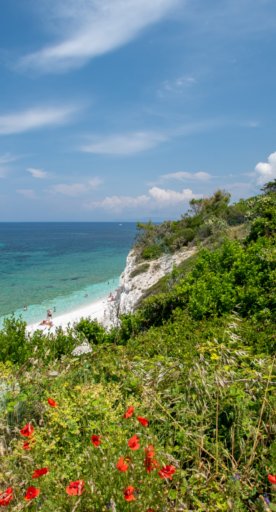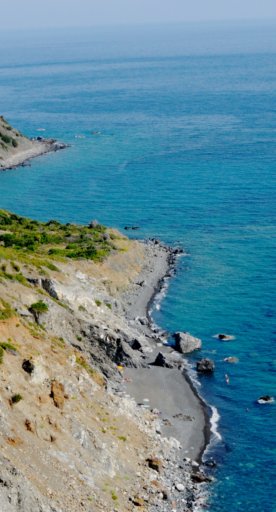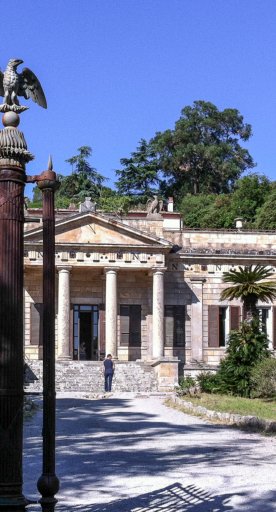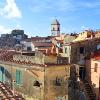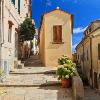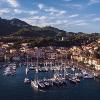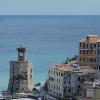The beautiful medieval village of Poggio Terme is worth a visit. Surrounded by woods of holm oaks and chestnut trees, you'll find the source of mineral water Fonte di Napoleone, so called because even the Emperor appreciated its beneficial effects, used for the treatment of uricemia and stones. There is a bottling plant, but it's also possible to stock up freely from a drinking fountain.
A distinctive feature of the Marciana area is the previously mentioned Monte Capanne, the highest peak on the island. From Marciana, the climb of over 1000 meters of mountain can be attempted either on foot, following paths marked by the C.A.I., or by means of a comfortable cableway, that's available in the summer season. For those interested in mineralogy it may be useful to know that magnificent crystals of tourmaline and beryl are extracted from Monte Capanne.
The Sanctuary of the Madonna del Monte is on the northern slope of the hill. A place of worship since the fourteenth century, the current structure was built in 1595 and took on its present form in 1799 after several restorations.
As in the rest of the island, the territory of Marciana is also characterized by the presence of some notable slopes to the sea from which you can get to the sandy beaches of Paolina, Procchio and Spartaia, to the mixed sand and rocks of Sant'Andrea, to the rocks of Punta Nera and Chiessi and to the gravel and rocks of Pomonte and Patresi.
The more experienced can also reach Chiessi on foot, following a fairly difficult but beautiful path, with views of Capraia and Corsica.


